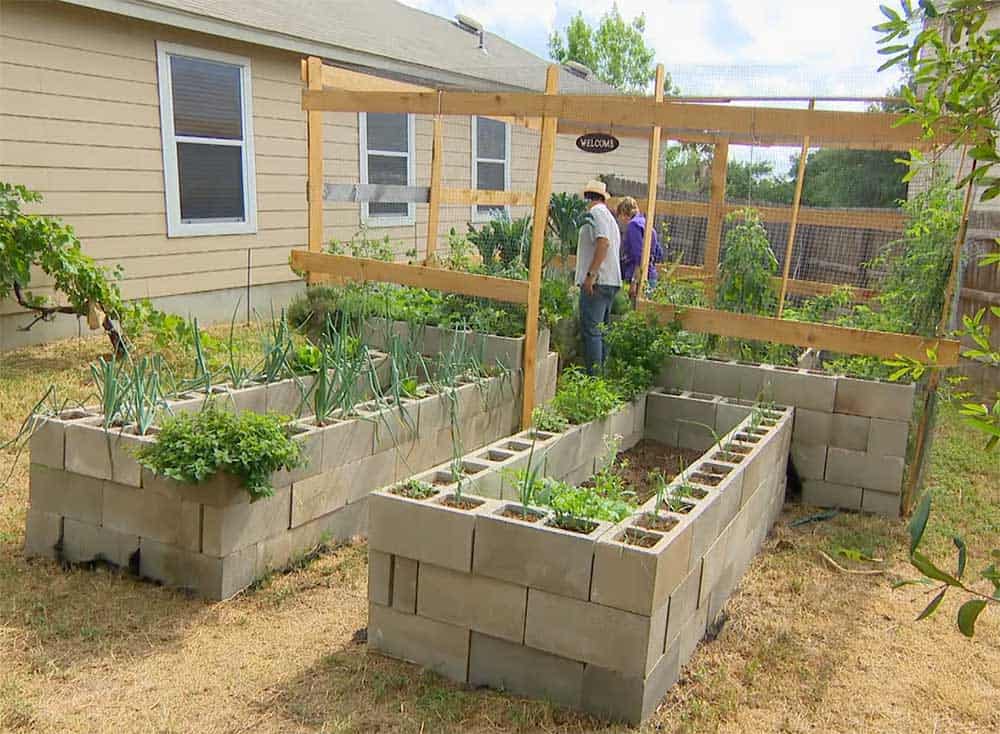
It's hard to move thermal mass that is inside your walls. I.e you can eliminate the winter storage and summer release by moving the water outside the greenhouse during the summer, where instead you can use it to store summer heat for release during winter. Concrete causes damage to the most fertile layer of the earth, the. It has twice the storage capacity per volume as concrete and is more controllable. The cement industry is one of the main producers of carbon dioxide, a potent greenhouse gas. I would concentrate on using water as your primary thermal mass. When using concrete walls for thermal mass, only the first 4" or so plays a part in day-to-day heat storage. If you have too much mass you could be storing heat in the winter that gets released in the summer. The more mass you have, the longer it reacts. One last point, too much thermal mass can be counter productive. However, it's your opinion and not mine that matters in this case. Carbon footprint of 1 m 3 of concrete blocks: influence of avoided end-of-life treatment (burden of waste treatment added to greenhouse gas emissions of. The small improvement in thermal mass is not worth the extra time, money, effort and Co2 footprint, in my opinion. Rocks have roughly the same or better heat capacity as concrete, and you are just wanting to fill the voids around the rocks, so the difference in total thermal mass of the finished wall will be relatively small. But in this case I personally think that concrete is NOT the best choice. Now I'm not against using concrete when it is the best choice, i.e. However, using sand has basically zero carbon footprint, whereas concrete requires enormous amounts of energy to make and therefor has a relatively large carbon foot print. If you are talking ONLY about heat storage capacity per volume, then concrete is about 50% better than sand. I would just use 2" wood strapping as spacers, leaving an air gap. You will get better insulative performance if there isn't direct contact between the foil layer and the thermal mass.

Curtain Thumb Nut Curtain Clamps Fabric Pins Concrete Block Straps. Aside from being unnecessary, you're introducing not only whatever is going to offgass out of the concrete as it cures, but moisture into your wall system and building envelope.Īs to bonding the rigid foam insulation to the cinderblock, I wouldn't. Secure your valuable greenhouse with our collection of greenhouse anchors and. I don't think that concrete is a good idea at all, actually. The spaces within the wall will be sealed, so there's no place for anything to go.

You can tamp the sand down, you can add pebbles (though that would only encourage air spaces, and reduce overall wall density and mass, unlike sand, which would fill every little space), you could even mix in some really fine mineral dust if you had some.

If the voids are ultimately sealed at the bottom, and there's no place for it to go, you don't need concrete. Sand will definitely pour more easily than anything else you could get your hands on cheaply.


 0 kommentar(er)
0 kommentar(er)
